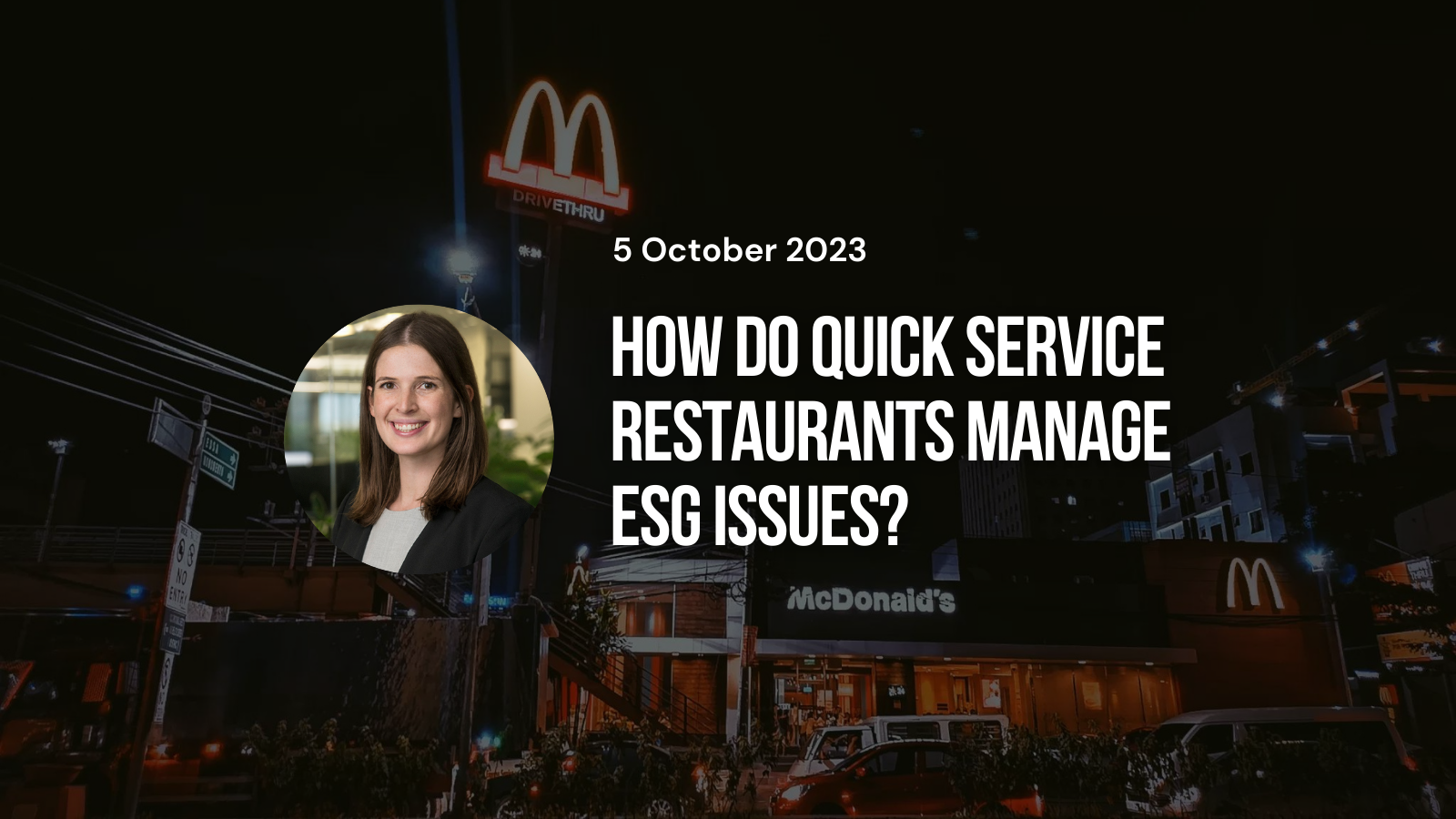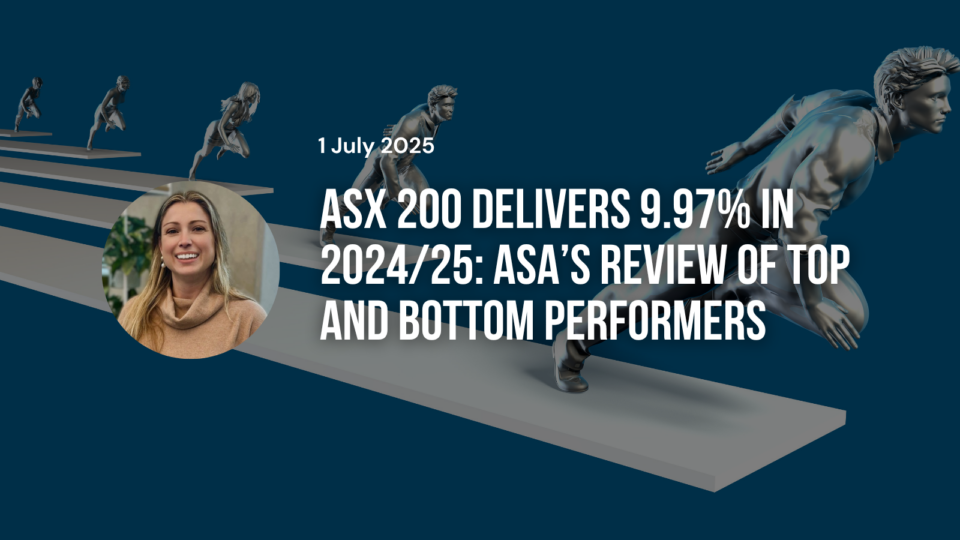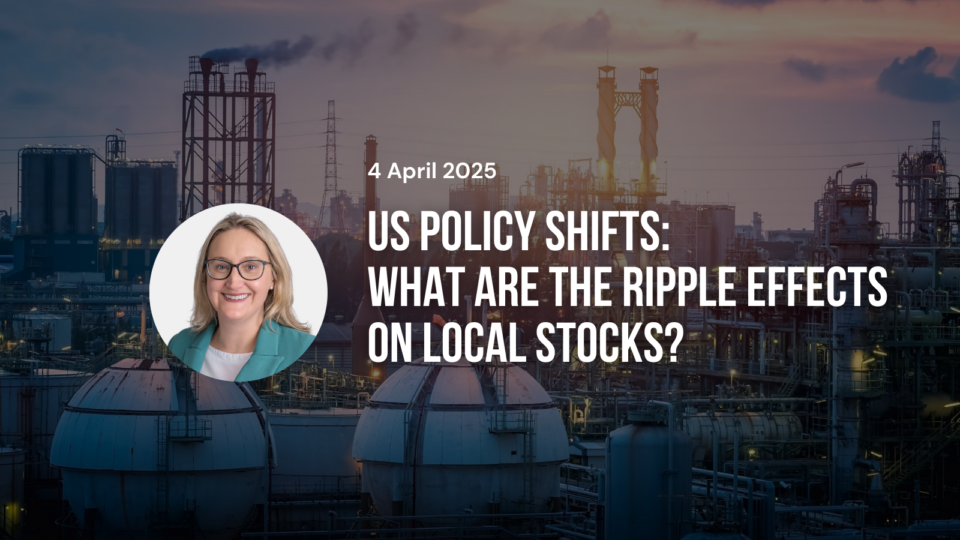

By Emma Henderson, Investment Analyst, Magellan
5 October 2023
Emma Henderson, Investment Analyst, provides insight into how quick service restaurants are managing and monitoring key ESG issues such as Health and wellbeing, the labour force and environmental impact.
Magellan has been invested in the restaurants sector for over 15 years. Our current investments include McDonald’s, Yum! Brands, which some may recognise as the owner of KFC, Pizza Hut and Taco Bell brands, and a more recent investment in Chipotle Mexican Grill. Our overall quality assessment of these companies includes an assessment of environmental and social risks and opportunities that are material to the companies and how these change over time.
We know some consumers have been increasingly focused on healthy eating. How does this fit into our investment considerations, what are the risks to the quick service restaurants and what does Magellan look for to determine if they’re managing these risks well?
Changing consumer preferences in areas like health and wellness is an important social risk and investment consideration for our restaurant holdings. It impacts how we think about brand relevance and the sustainability of these companies’ revenue and earning streams over the long term.
The key risk to a restaurant company, if they are not adapting to changing customer tastes and expectations, is really around the loss of customer sales and visits. This can then manifest itself in financial results through slowing or declining customer traffic, market share losses to competitors, and ultimately lower sales and profits. This specific consumer trend towards healthier eating however, is something that we have been monitoring for a long period of time. It might surprise you that next year will mark 20 years since the release of the infamous documentary “Super Size Me” that focused on McDonald’s. Since that time, we have been monitoring this risk as consumer awareness and interest in areas like nutrition, ingredients and portion sizes has risen. However, we have also seen the large quick service restaurant chains adapt in multiple ways, including through menu changes, reformulating ingredients and offering consumers more balanced choices.
So, how do we monitor if these trends are having an impact on the companies we invest in? We are closely monitoring metrics like customer traffic trends and brand engagement scores, including across different generations and demographic groups. We also keep a close eye on the menu changes and product innovation announcements coming out of the companies themselves.
Today, even despite decades of growing consumer interest in nutrition, these large quick service restaurant brands continue to have very loyal and broad-based customer followings around the world. They have maintained strong engagement with their core customer group that continues to seek them out for the more indulgent core menu items that they are famous for. However, we have also made sufficient changes in evolving their businesses to stay relevant with the parts of their customer cohorts for whom an increasing focus on nutrition and having more choice is an important consideration in where they choose to eat.
Looking at our portfolio and the companies we’re invested in specifically, what progress have you seen with regards to nutrition and healthy eating? And could they be doing more?
There is still room for improvement when it comes to the work that companies like McDonald’s and Yum! Brands are doing in this space, however we have seen some positive change across a few key areas. Today, restaurants are a lot more transparent around the nutritional content of their food, and you can see this through calorie information now being displayed a lot more visibly across menu boards, mobile apps and ordering kiosks. Just displaying this information is a first step in allowing consumers to make more informed choices.
Another area is around offering consumers more choice and catering to a wider range of lifestyle and dietary needs. Earlier on, this may have included adding salads or healthier wraps to the menu, but this continues to evolve. Today restaurant companies now offer plant-based options in markets where there is sufficient demand and have moved with consumers on various trends. For example, the growing interest in zero sugar or lower calorie beverages.
For McDonald’s, a high priority area has been improving the nutritional content and healthy options available in their children’s Happy Meal offerings. Around the world, we have seen them offer parents more choice when it comes to a Happy Meal. On the beverage side, you can select water or milk and you now have the option to choose from fruit, vegetable, and low-fat yogurt as a side. At the same time, they have also been working to reformulate existing ingredients to bring down the salt, sugar, calorie, and saturated fat content of the core ingredients over time. This is something we refer to as ingredient reformulation and is something we are also seeing being rolled out across adult menus. Yum! Brands, for example, is progressing towards its goal of removing artificial colourings, flavourings, and certain types of fatty oils from its core ingredients by 2025.
The final area to mention on nutrition and food quality has been the progress we have seen in reducing the presence of antibiotics in the meat that these restaurants serve. Across the industry, chicken has been the protein where we have seen the most progress to date. McDonald’s has eliminated the use of those types of antibiotics that are important to human medicine from their chicken in the U.S. and Europe, and they are targeting to achieve that in other regions by 2027. We see Yum! Brands progressing towards a similar goal. In other proteins, however, like beef and pork, there is still room for improvement, and that has been a focus for us in our recent company meetings. We have highlighted for McDonald’s that this should be a priority area given their scale and influence in the beef industry.
More broadly from a Magellan perspective, we are speaking to our portfolio companies multiple times a year on these nutrition and food quality issues. We are reviewing their targets and progress reporting in detail and are using our cross-sector investments to encourage best practice where we can.
What are some examples of best practice that you have seen across the industry?
Chipotle Mexican Grill, which is our newer investment in the restaurant space. Chipotle plays at a slightly higher price point than fast food, but from its inception has had a very strong focus on sustainably sourced ingredients that are free from artificial colourings and flavours and are made fresh in the kitchen every morning. This has been something that is really important to their brand, their customer following and their pricing power. We recognise that they are playing at a slightly different price point, at a different scale and with a different strategy than the fast-food chains that we also have investments in, however monitoring what this company does when it comes to supply chain and food quality provides a lot of helpful learnings that we can bring to our discussions with peer companies.
In our meetings with McDonald’s, Yum! Brands, and Chipotle, we regularly talk to them about their labour force and environmental impact. Why, like nutrition and food quality, can these issues have real financial impacts if not managed correctly?
Let’s start with labour. These restaurant companies are all very large employers, either directly or indirectly. How you treat the staff that work in your restaurant is important for two reasons. Firstly, your ability to attract quality labour, and secondly, to retain that labour over time. Having staff in your restaurant that are more experienced and have strong job satisfaction in their roles, has a real impact on the quality of service and the speed of service that customers experience. We only have to look at COVID to get a picture of the material impact on customer service, as well as the restaurant companies’ financial results, of having to rehire and retrain a large portion of their workforce. Conversely, when we find companies that have strong restaurant cultures and staff retention, you see it translate into above industry sales volumes, operating margins, and brand perceptions. It is for these reasons that we think it is important to continue to engage with these companies on areas like employee benefits and creating a positive and inclusive workplace environment.
Then on the environmental side, we believe that the management of energy use, waste, and packaging, is also very important. Firstly, it ensures that restaurants remain compliant with ever evolving regulation in the space, and secondly it builds resiliency into their supply chains, so that their restaurants around the world can have confidence in continuing sufficient supply of agricultural and packaging commodities into the future.
Packaging is probably an area that even as everyday consumers, we have seen a lot of progress in this industry. For example, the move to paper-based straws and replacing plastic cutlery with renewable fibres. Pizza Hut boxes in Australia today, are now made from 100% recycled content. There is still room for improvement, but we are seeing a lot of cross-industry collaboration and strategic partnerships. We are seeing the large quick service chains, like Yum! Brands and McDonald’s, using their scale, influence, and investment dollars to really try and drive the industry forward.
It is good to see that the industry acknowledges these important risks, but as we know there is more work to do. That is why a key part of our role, as large corporate investors, is to meet with these companies, encourage improvements and to ensure that they are managing these risks and taking advantages of opportunities.
By Emma Henderson, Investment Analyst
Article Adapted from Magellan Minutes Series 7





